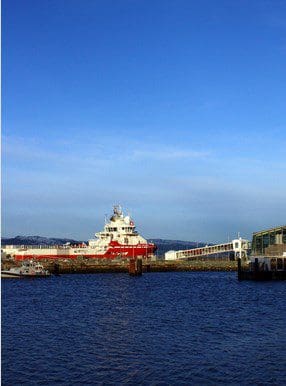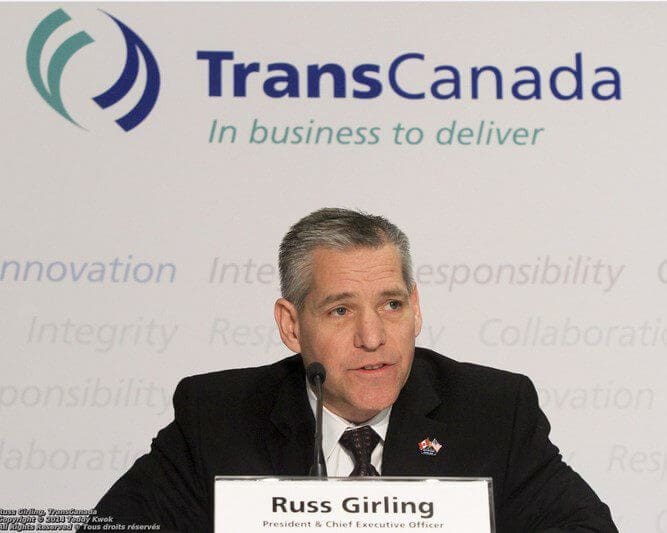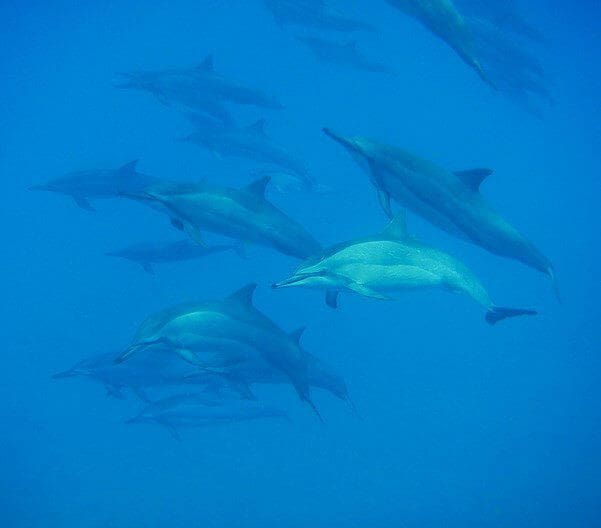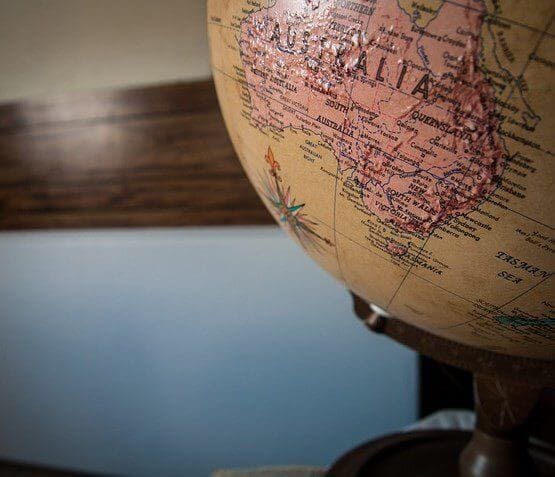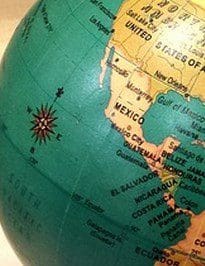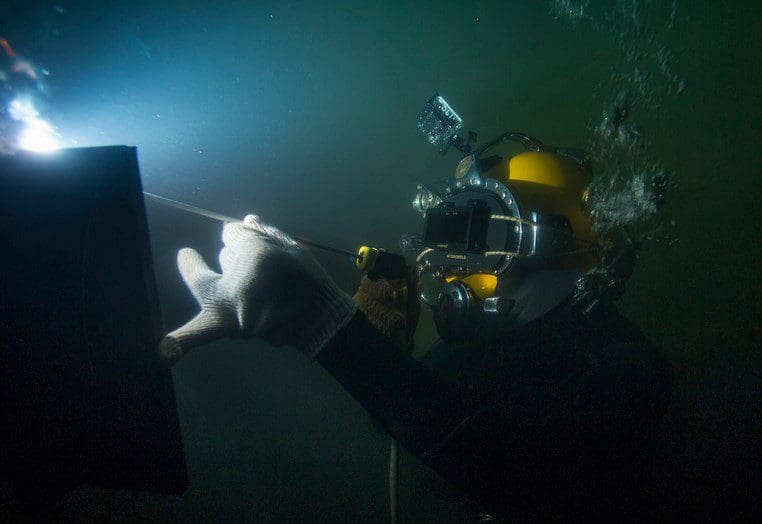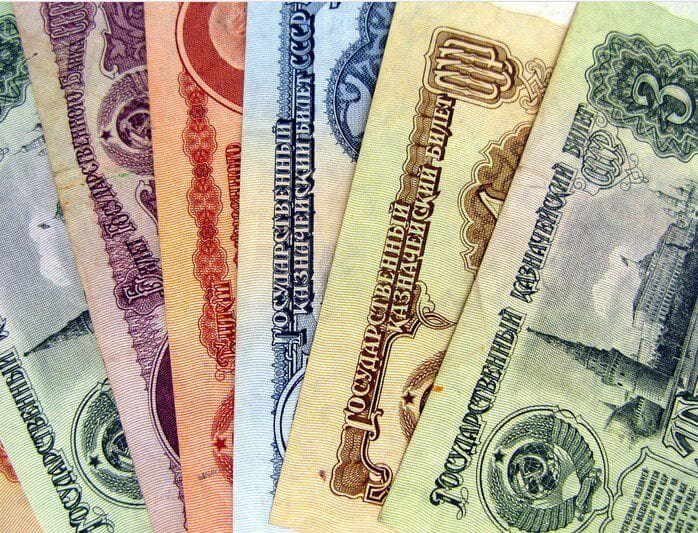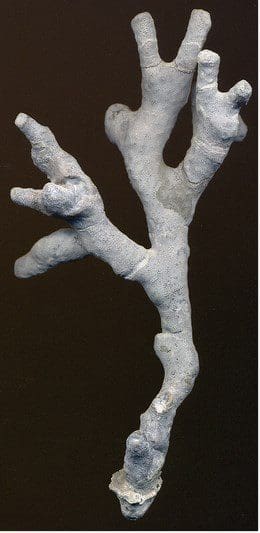InterMoor UK Operations, part of Acteon’s foundations and moorings business, has surpassed eight years and more than 2,520 projects without a single lost-time incident (LTI).
The safety record is held by InterMoor UK Operations – InterMoor Ltd, InterMoor Marine Services Ltd and ChainCo. Company operations span three bases, five storage yards and numerous quayside locations in the UK and globally.
Alan Duncan, managing director, InterMoor UK Operations, said: “Providing safe working environments and high-quality training for employees are vital for InterMoor. This milestone highlights the extent of our commitment to safety and the professionalism of our staff. It was achieved with the participation of the entire workforce, from quayside support personnel to senior management.”
In 2015, InterMoor UK Operations opened a new base in Aberdeen harbour and continued its focus on safety. The new equipment at the facility was assembled with a focus on safe, effective and efficient operations.
Bruce Strachan, quality assurance and health, safety and environment manager, InterMoor UK Operations, said: “Eight years without an LTI places InterMoor UK at the forefront of worldwide safety performance. Very few businesses of a comparable size have conducted operations for this length of time without recorded incidents. Of course, the aim is to continue the trend. Our target is, and will always be, zero accidents or incidents.
“InterMoor’s main focus is on nurturing our culture of safety. We do this by encouraging employees to get involved and contribute positively through developing hazard awareness and personal accountability.”

